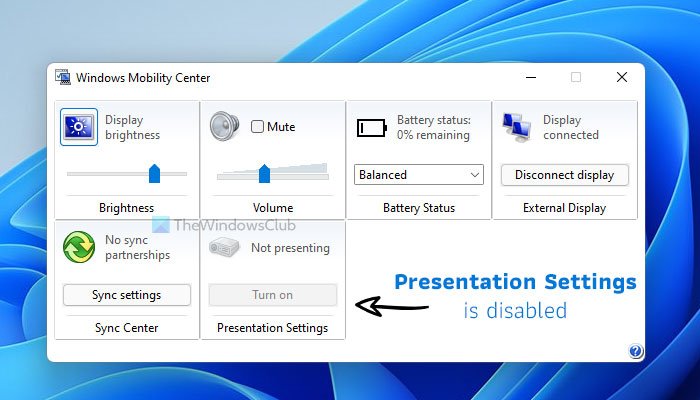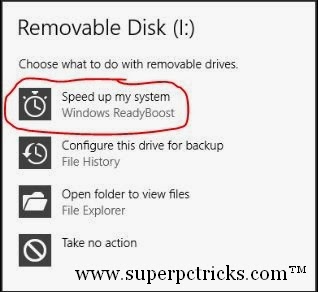

The flash drive/memory card format: NTFS.Maximum free spade per flash drive/memory card: 32 GB.Minimum free space per flash drive/memory card: 1 GB.HDD's are known to have slower read and write times than SSD's. Keep in mind that ReadyBoost was developed for use with Hard Disk Drives ( HDD) and not Solid State Drives ( SSD). But you could use a 32GB flash drive and allocate all of it to ReadyBoost. So, if your computer has 8GB of memory, you could create a ReadyBoost cache between 8GB and 20GB. The recommended ratio between the ReadyBoost cache and system memory is 1:1 to 2.5:1. But you can use an SD memory card for a laptop computer, as long as it has a fast-enough transfer rate.Īnd you can use more than one ( 1) USB flash drive for ReadyBoost.

You can use a USB 2 or USB 3 port, but since a USB 3 port has a faster transfer rate, I recommenced using one if you have one. Now it is recommended that you use only USB flash drives for ReadyBoost for desktop computers. If a file gets changed on the disk drive, it also gets changed in the cache and visa versa. When Windows 10 needs to access any of these frequently used files, it goes to the ReadyBoost cache instead of the disk drive. The cache can include system files, application files, and user documents. SuperFetch uses an algorithm to determine which files should be stored in the cache. ReadyBoost utilizes a service called SuperFetch. It stores the cached data on USB flash drive(s) or SD memory card. If you have never heard of ReadyBoost, it is a program that caches files that are frequently used by Windows 10. This tutorial will show you how to add or remove the ReadyBoost tab on the Properties page of drives for all users in Windows 7, Windows 8, and Windows 10.Are you looking for an inexpensive way to give your Windows 10 computer a boost in performance? Do you have a USB flash drive and a spare USB port on your computer? Then ReadyBoost in Windows 10 might be a perfect solution. In this situation, you may want to remove the ReadyBoost tab on the Properties page of drives since you will not be using it. ReadyBoost will not be enabled if the computer is fast enough that ReadyBoost is unlikely to provide additional benefit.

This additional memory is provided as cache memory, to speed up, for example, the loading or editing of large files.

You can use non-volatile flash memory such as current USB memory stick or SD memory cards to improve the performance of your system. If you have a NetBook or an older PC with relatively low memory or little disk space capacity, you could use the ReadyBoost function to provide this PC with more memory. The ReadyBoost tab in the properties page window of drives allow you to manage using the ReadyBoost feature on removable storage media such as a SD card or USB flash drive. You can right click or press and hold on a drive in Windows, and click/tap on Properties to see more details about the drive’s properties.


 0 kommentar(er)
0 kommentar(er)
